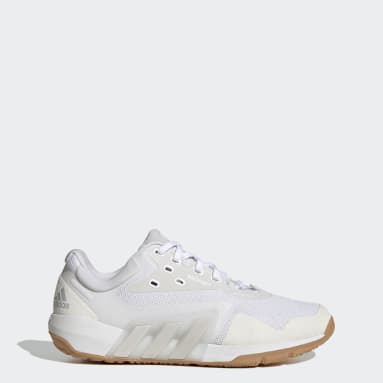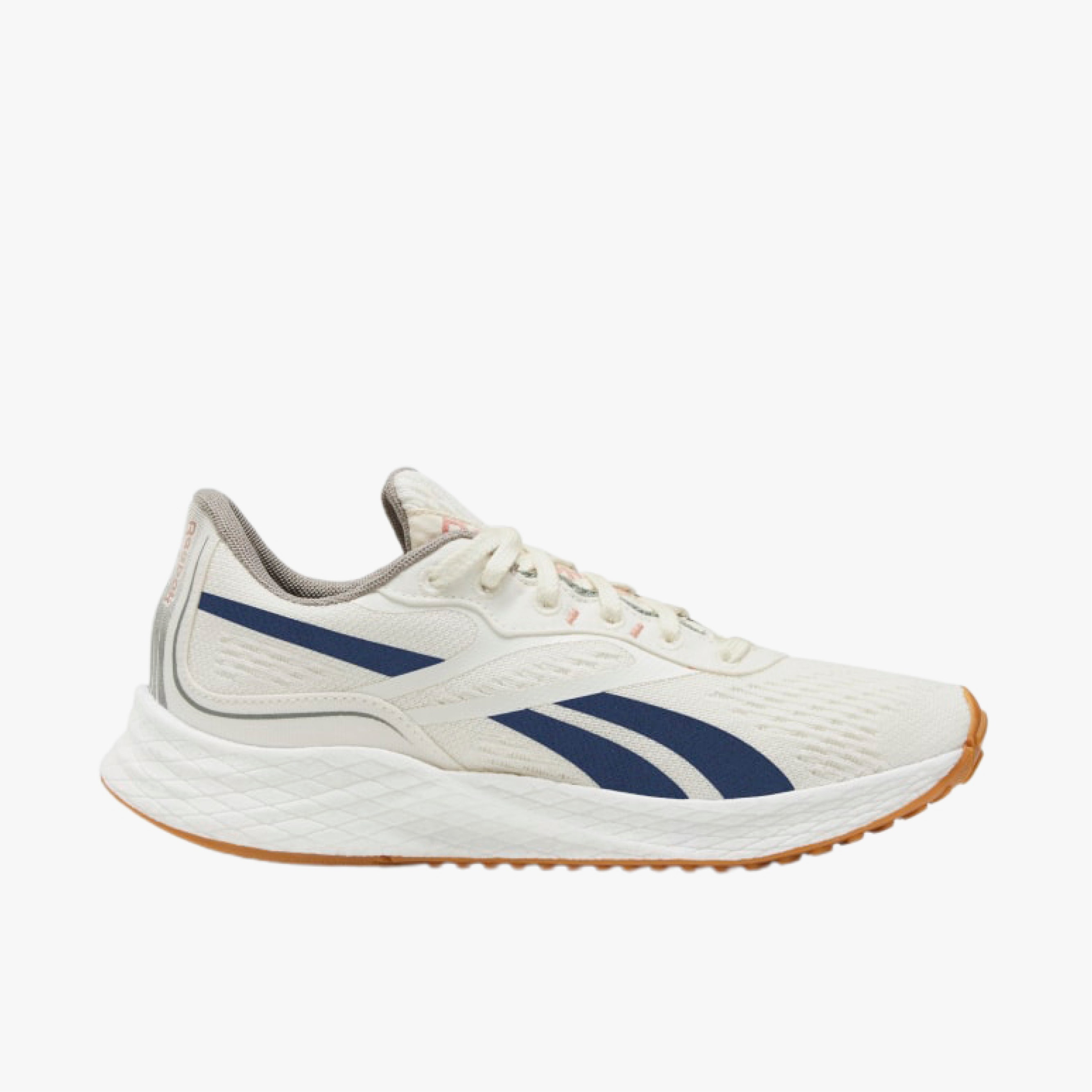
A variety of jobs are available in Hawaii as personal trainers. These include helping clients to become healthier and helping them recover from injuries. You may also work in a resort setting, where you can help both locals and tourists. You might even be able work remotely. This can allow you to make the most of your home-based job.
Average salary for personal trainers in Hawaii
Working as a personal trainer in Hawaii can be lucrative, but not without the proper training and certifications. A number of accredited colleges and universities offer a degree program in fitness training. Programs can range in length from two to four years and include coursework in physiology, nutrition, kinesiology, and fitness theory.
To become a personal trainer in Hawaii, you must possess a degree in a related field and have a CPR and AED certification. This type of job is available in Hawaii. There is even a branch of the 24-hour gym chain. The Honolulu Club has 14 professional personal trainers. You can work as a personal trainer in Hawaii with both tourists and locals.

Hawaii is a beautiful, healthy place to work. A career as a personal coach can be a lucrative one. The average salary of a Hawaii personal coach is $65,550 as of May 27, 2020. The salary you receive will depend on where you live, what certifications you have, and how many years of experience.
Education required to become a personal trainer in Hawaii
The state of Hawaii is home to many excellent colleges and universities that offer degrees for aspiring personal trainers. It is possible to earn your degree online or in a classroom setting. Hawaii personal trainer certification programs will include a variety of courses, including physiology, kinesiology, and exercise science.
Hawaii is home to a low rate of obesity among adults, and many individuals who live here are seeking out personal trainers to help them reach their fitness goals. A personal trainer can assist clients with improving their health through nutrition and exercise. They can also work with individuals who are seeking to improve their physical fitness by overcoming physical limitations, such as injuries.
Personal trainers in Hawaii have some of the highest salaries. Hawaii's personal coaches earned an average salary in 2021 of $65,550. The pay range varies depending on education level and certifications as well as years of experience and where you live.

Hawaii personal trainers are in demand
Hawaii has a lot of demand for personal trainers. A career as one can be a highly-paying job. According to the Bureau of Labor Statistics personal trainers who work in nonmetropolitan locations earned the fifth-highest average income in the country in 2013. Hawaii is a country that values physical fitness and active living. Personal trainers can find many job opportunities in Hawaii.
Many colleges and universities offer training in this area. The University of Hawaii at Manoa offers the Bachelor of Science degree in Kinesiology Rehabilitation Science. Brigham Young University also offers a Bachelor of Science degree in Exercise and Sports Science. Both schools offer intensive courses that cover exercise science, psychology, sports physiology, and other subjects.
Personal trainers work in gyms and fitness centres. Personal training and exercise plans are used to improve clients' overall health and fitness. A personal trainer in Hawaii can also help people lose weight by providing advice on proper diet and nutrition.
FAQ
Can I exercise after eating?
It depends on the exercise you do. Avoid doing strenuous activity after eating, as it can cause stomach cramps. Light aerobic activities, such as walking or biking, are better.
Why is fitness so important?
Physical fitness is extremely important for our health. Regular exercise is essential for maintaining our health, weight, strength, flexibility, cardiovascular system, and overall well-being. Exercise improves sleep quality, helps with stress management, increases energy and boosts self-esteem.
What if I am exercising and want to eat?
Yes. While you're working out, you can eat whatever you'd like. Make sure you choose low-calorie snacks such as watermelon, carrots, celery, apples, bananas, and grapes. These foods are rich in nutrients that will help you work out better.
Statistics
- An estimated 110,000 deaths per year could be prevented (cdc.gov)
- According to the Centers for Disease Control and Prevention, chronic diseases cause 7 out of 10 deaths in the U.S., and treating chronic diseases accounts for 86% of U.S. healthcare costs. (mana.md)
- Globally, 28% of adults aged 18 and over were not active enough in 2016 (men 23% and women 32%). (who.int)
- Globally, 81% of adolescents aged 11-17 years were insufficiently physically active in 2016. (who.int)
External Links
How To
How to Lose Belly Fats More Fast
When we are trying to lose weight, belly fat is often seen as a problem. When you stop and think about it, Belly Fat can actually be a blessing. It's the amount of fat stored around your stomach that protects your organs from getting damaged. Let's learn how to quickly burn belly fat.
The main factors that lead to body fat storage are stress and lack exercise. Cortisol hormone is stimulated by stress, which causes us to feel constantly hungry. Cortisol is responsible for an increase in insulin levels. Insulin then stores excess calories as fat. The release of adrenaline from our bodies causes increased appetite. These extra calories can be broken down by exercising.
There are many ways to reduce belly fat. You can choose to try any of these options, depending on your budget. These are some ways to quickly lose belly fat.
-
Reduce your food intake. You should eat smaller meals throughout the day than you would if you ate three big meals. You'll eat fewer calories this way.
-
Drink plenty of water. Water flushes out toxins from your body and keeps you hydrated. Water before each meal can help you feel fuller longer and reduce your appetite so that you don't overeat.
-
Avoid eating unhealthy snacks. If you're looking for quick fixes, snack foods like chips, cookies, candies, etc. Although tempting, they can be very unhealthy. But avoid these fattening treats as they contain lots of empty calories and too much sugar. Choose healthier alternatives such as whole grains, vegetables, fruits, seeds, nuts and seeds.
-
At least three times per semaine, do strength training. Strength training helps build muscle mass, which means that you can burn more calories even when you are resting. Strengthening your bones, muscles as well ligaments, joints, tendons, heart and lungs.
-
Walking or stretching is a good habit to do regularly. Stretching can improve flexibility, mobility, and reduce back pain. Walking for 30 minutes is a great way to burn calories.
-
Reduce alcohol intake. Avoid alcohol.
-
You can lose weight slowly. Your current weight is the first step to losing weight. Next, calculate your ideal weight by adding between 5% and 10% to your total body weight. Once you have calculated your target weight, start reducing calorie consumption by 500-1000 calories daily until you reach your goal.
-
Avoid processed foods. These foods have high amounts of salt, sugar, and preservatives. Although they are convenient, processed foods don't have enough nutrients to sustain your health.
-
Don't skip breakfast! A good breakfast can improve concentration, memory, as well as energy level. Breakfast should contain protein (like eggs), fibre (like oats), as well as complex carbohydrates (like oatmeal).
-
Have regular bowel movements. Constipation and irregularity can cause gas and bloating. This can be prevented by drinking plenty of water and increasing fiber intake.